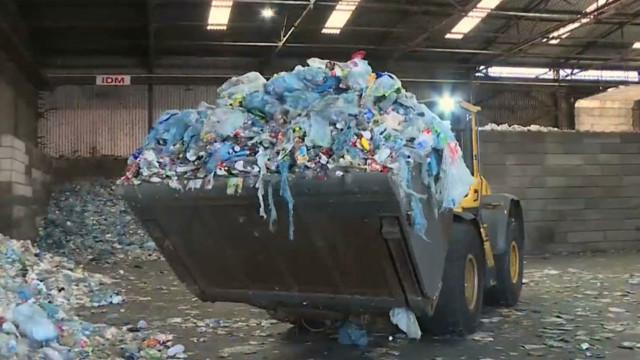Building a circular economy is one of the EU’s flagship plans – but up until now, nearly 3 million tons of low grade plastics per year have been exported to China for processing. But Beijing’s banning that from January the first 2018.
CGTN’s Jack Parrock reports.
In western Europe, consumption of plastic stands at around 100 kilograms per person per year compared to around 20 kilograms in Asian countries.
And only 30 percent of all plastics in Europe are collected for recycling. The EU said it’s investigating what the China ban means and will release a new Strategy for Plastics.
“By the end of the year, Europe is going to present a plastics strategy, where all the questions concerned to the recycling and to the better use of plastics will be taken into consideration – including the external aspect of the relation with other partners like China,” Enrico Brivio, European Commission spokesperson, said.
And while China’s ban is a worry for Europe and the U.S. who are the main exporters of plastics – other countries which import waste are also concerned. Froilan Grate, Asia-Pacific regional coordinator of the Global Alliance for Incinerator Alternatives said. “Now that China has closed its doors on this waste, the worry is, where would this go And a lot of South East Asian countries, particularly The Philippines, Indonesia, Malaysia would be particularly concerned that they would be the target for this waste.”
Plastics campaigners want the China ban to mark a turning point for Europe at which reducing consumption becomes the focus.
But with the ban coming into force soon, the first priority for the continent might be preventing large piles of plastics from building up in Europe.
 CGTN America
CGTN America
